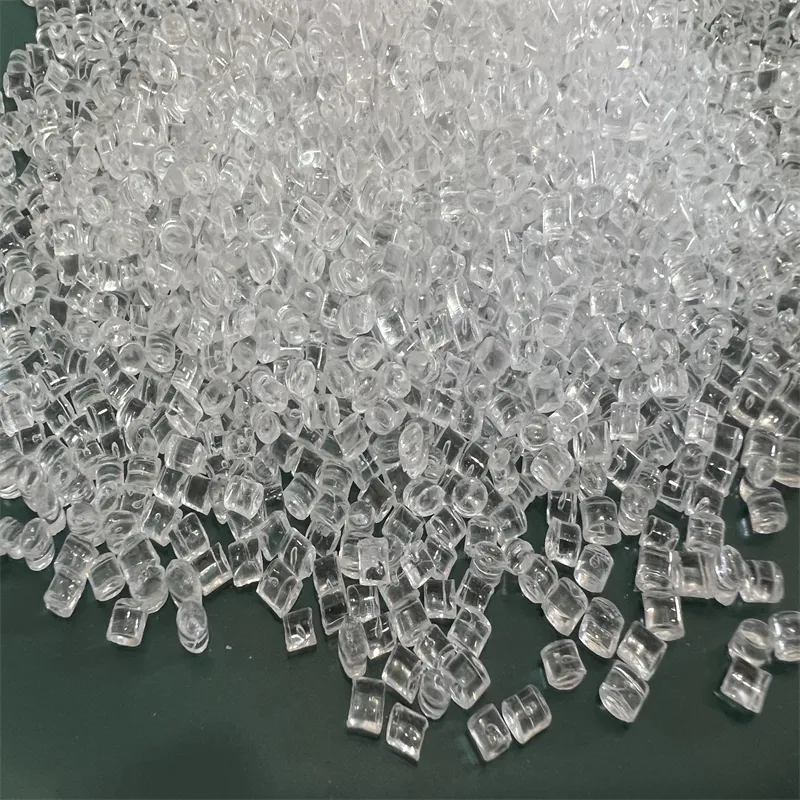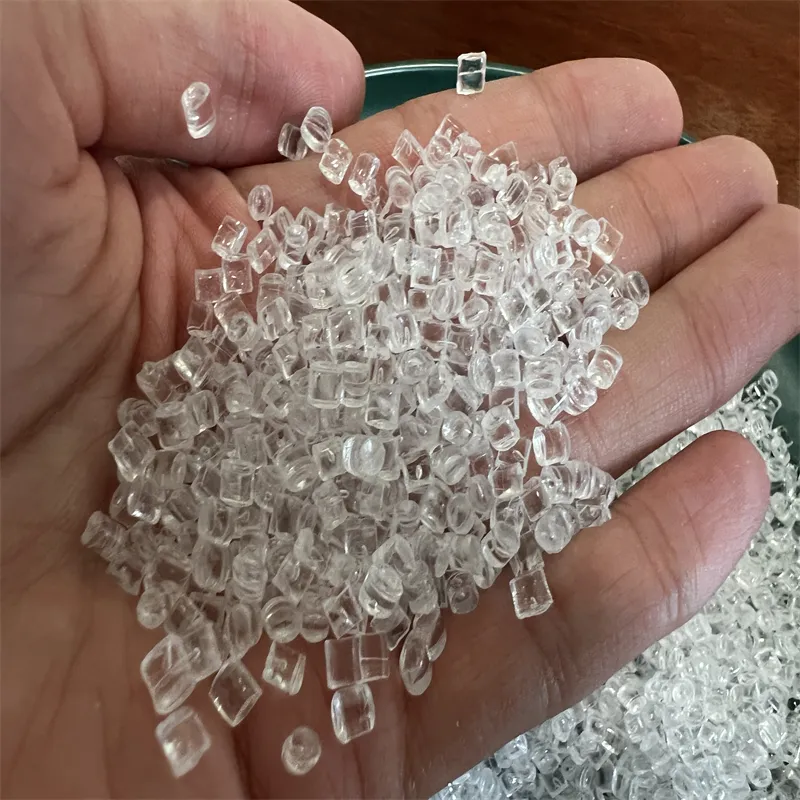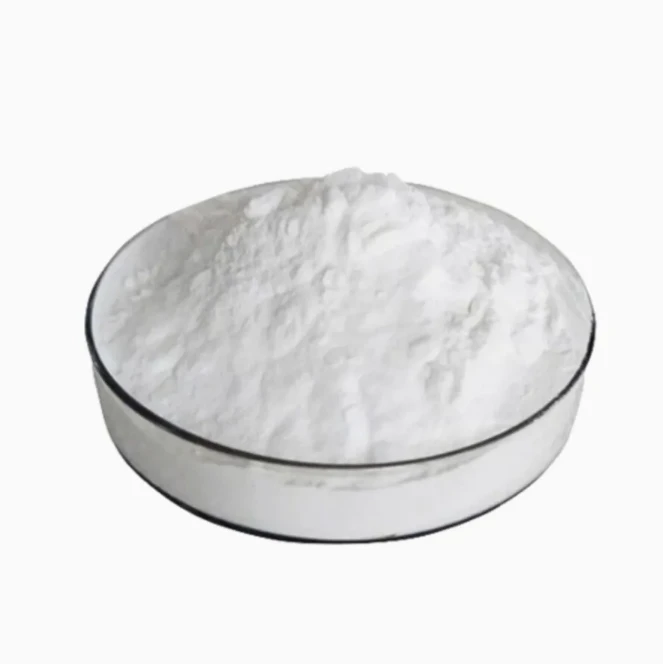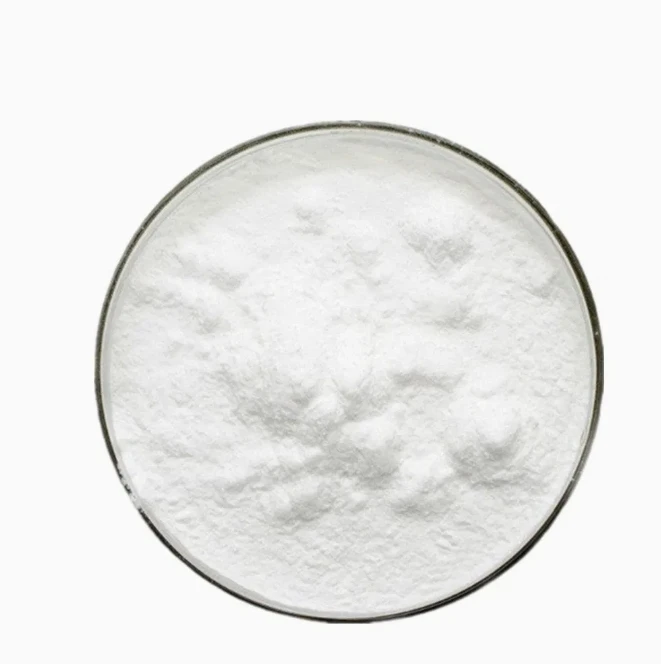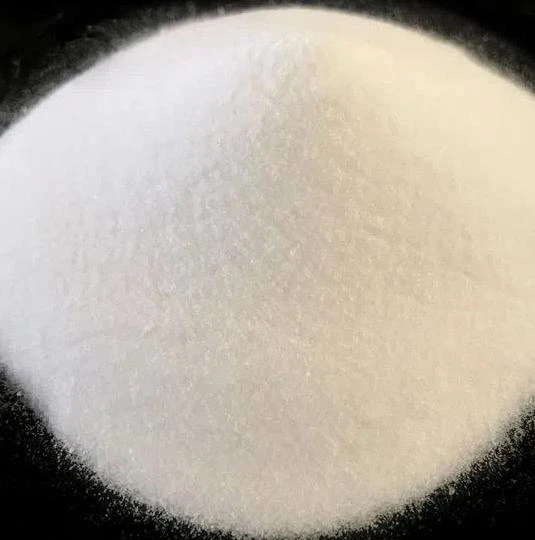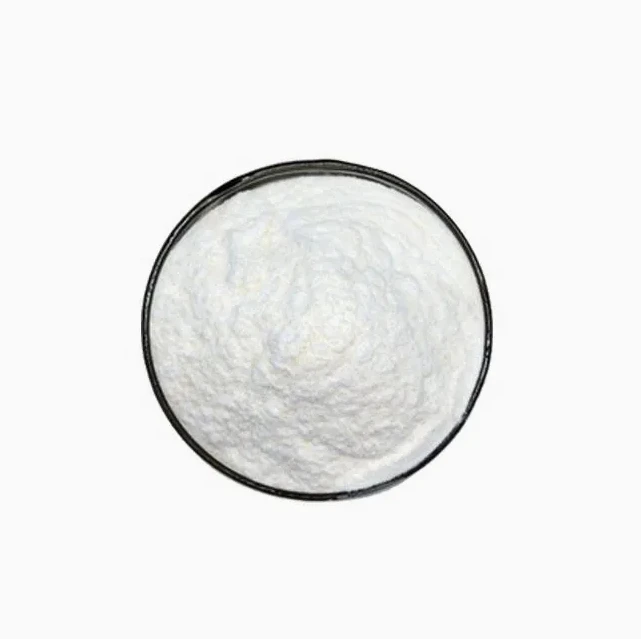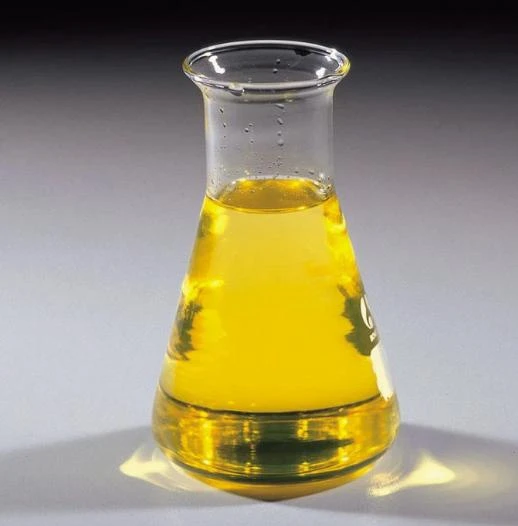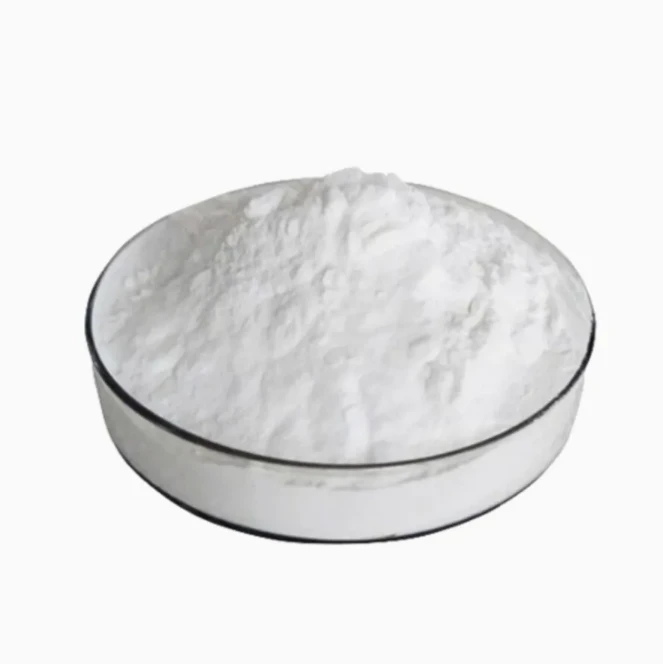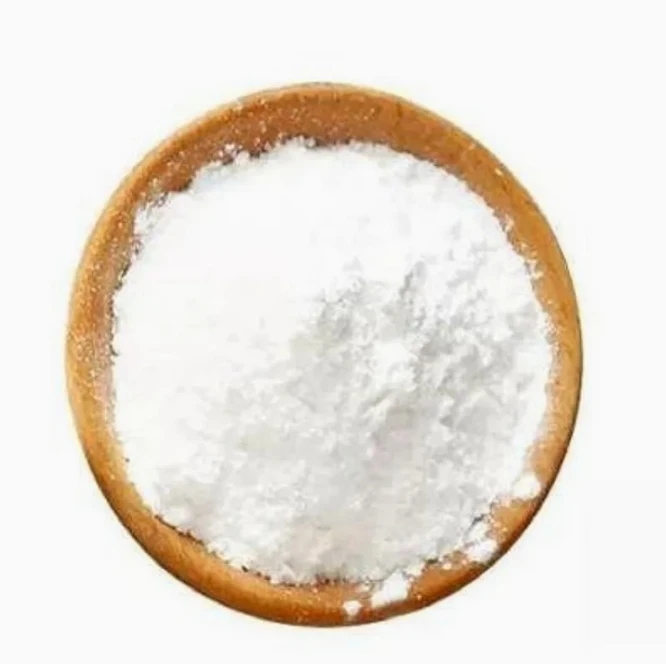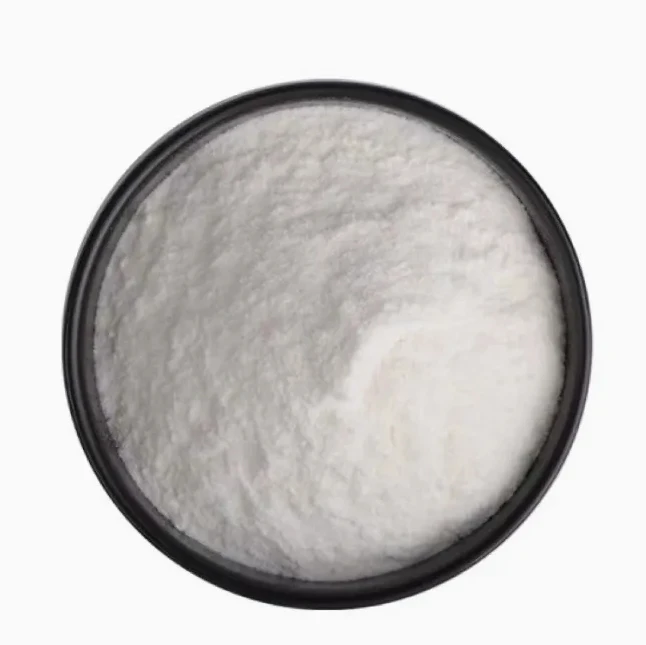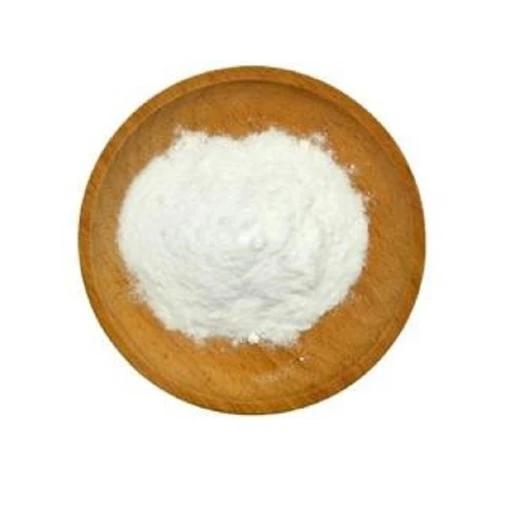 Imeeli: sale@hebeidisha.com
Imeeli: sale@hebeidisha.com
 Tẹli: +86 13315186550
Tẹli: +86 13315186550
- Afirika
- Ede Albania
- Amharic
- Larubawa
- Ara Armenia
- Azerbaijan
- Basque
- Belarusian
- Ede Bengali
- Ede Bosnia
- Bulgarian
- Catalan
- Cebuano
- China
- China (Taiwan)
- Corsican
- Ede Croatian
- Czech
- Danish
- Dutch
- English
- Esperanto
- Estonia
- Finnish
- Faranse
- Frisia
- Galician
- Georgian
- Jẹmánì
- Giriki
- Gujarati
- Haitian Creole
- hausa
- ara ilu Hawaiani
- Heberu
- Bẹẹkọ
- Miao
- Ede Hungarian
- Icelandic
- igbo
- Ede Indonesian
- Irish
- Itali
- Japanese
- Javanese
- Kannada
- Kasakh
- Khmer
- Ede Rwandan
- Korean
- Kurdish
- Kirgisi
- TB
- Latin
- Latvia
- Lithuania
- Luxembourgish
- Macedonian
- Malgashi
- Malay
- Malayalam
- Èdè Malta
- Maori
- Marathi
- Mongolian
- Mianma
- Nepali
- Norwegian
- Norwegian
- Occitan
- Pashto
- Persian
- Polish
- Portuguese
- Punjabi
- Romanian
- Russian
- Samoan
- Scotland Gaelic
- Ede Serbia
- English
- Shona
- Sindhi
- Sinhala
- Slovakia
- Slovenia
- Somali
- Ede Sipeeni
- Ede Sundan
- Swahili
- Swedish
- Tagalog
- Tajik
- Tamil
- Tatar
- Telugu
- Thai
- Tọki
- Turkmen
- Ukrainian
- Urdu
- Uighur
- Uzbekisi
- Vietnamese
- Welsh
- Egba Mi O
- Yiddish
- Yoruba
- Zulu
The English name of Polystyrene is Polystyrene, and PS for short. PS is a thermoplastic amorphous resin, which is polymerized from styrene monomer and can be polymerized by a variety of synthetic methods, mainly using bulk polymerization and suspension polymerization in industry. PS is mainly divided into general grade polystyrene (GPPS, commonly known as transbenzene), impact grade polystyrene (HIPS, commonly known as benzene modification) and foam grade polystyrene (EPS).
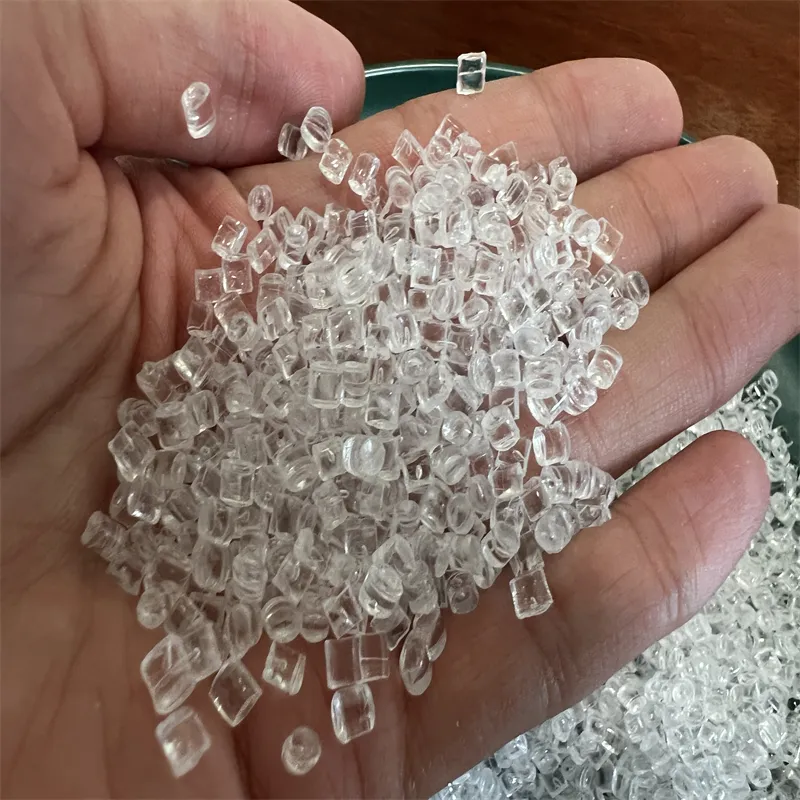



GPPS is a thermoplastic resin that is colorless, odorless, odorless and shiny, transparent, beaded or granular solid. Density 1.04 ~ 1.09, transparency 88% ~ 92%, refractive index 1.59 ~ 1.60. Under the action of stress, birefringence is produced, that is, the so-called stress-optical effect. The melting temperature of the product is 150 ~ 180℃, the thermal decomposition temperature is 300℃, the thermal deformation temperature is 70 ~ 100℃, and the long-term use temperature is 60 ~ 80℃. At a lower temperature of 5 ~ 6℃, after annealing, the stress can be eliminated and the thermal deformation temperature can be increased. If a little α-methyl styrene is added in the production process, the heat resistance of general purpose polystyrene can be improved.
It is soluble in aromatic hydrocarbons, chlorinated hydrocarbons, aliphatic ketones and esters, but can only swell in acetone. It can resist the action of some mineral oils, organic acids, bases, salts, low alcohols and their aqueous solutions. Low water absorption, it can still maintain its mechanical properties and dimensional stability in a humid environment. Optical properties second only to acrylic resins. Excellent electrical properties, volume resistivity and surface resistivity are very high, and is not affected by temperature, humidity changes, and is not affected by corona discharge. Irradiation resistance is also very good. Its main disadvantages are brittle and easy to crack, low impact strength, poor heat resistance, can not withstand boiling water, can only be used at lower temperatures and lower loads. Poor resistance to sunlight, flammable. When burned, it emits black smoke and has a special odor.
Because GPPS is transparent and has excellent rigidity, electrical performance and printing performance, especially good hygiene and low price, it has broad application prospects in food packaging. In the electromechanical industry, instrumentation, communication equipment industry has been widely used in a variety of instrument shell, lampshade, optical parts, instrument parts, transparent window mirror, transparent model, chemical acid storage tank, acid conveyor tank, telecommunications parts, high frequency capacitors, high frequency insulation liner, bracket, insert and frozen insulation materials. Also widely used in a variety of daily necessities, such as bottle caps, containers, decorations, buttons, combs, toothbrushes, soap boxes, cigarette boxes and toys.
A ni ọpọlọpọ awọn ile-iṣelọpọ giga-giga pẹlu ifowosowopo jinlẹ, eyiti o le fun ọ ni awọn ọja to gaju ati awọn idiyele ifigagbaga. Ati pe a tun le fun awọn ẹdinwo fun awọn rira olopobobo.Ati pe a ṣe ifọwọsowọpọ pẹlu ọpọlọpọ awọn ile-iṣẹ gbigbe ẹru ẹru ọjọgbọn, le fi awọn ọja ranṣẹ lailewu ati laisiyonu si ọwọ rẹ. Akoko ifijiṣẹ jẹ nipa awọn ọjọ 3-20 lẹhin ijẹrisi isanwo.
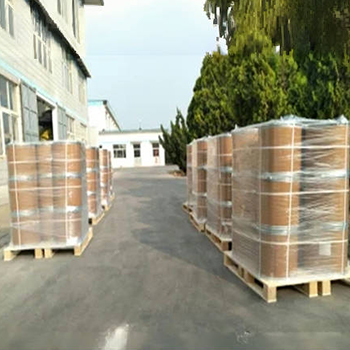
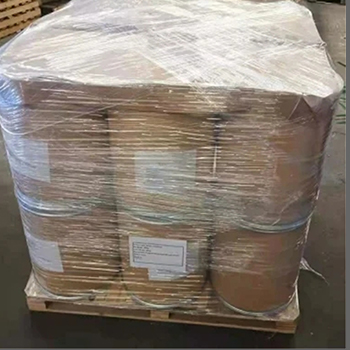



GPPS are cheap and often made into a variety of daily necessities, such as convenience bags. Because GPPS is difficult to degrade, in the case of incomplete recycling system, it is easy to cause environmental pollution, which is often referred to as "white pollution". Nowadays, people pay more and more attention to environmental protection issues, so when using such products, they should be classified and recycled, and the recycling symbol of polystyrene is 6.

1. Ṣe o jẹ ile-iṣẹ tabi ile-iṣẹ iṣowo kan?
A jẹ ile-iṣẹ iṣọpọ compnay ati iṣowo, ti n pese iṣẹ iduro kan.OEM le gba.
2. Ṣe o pese awọn ayẹwo? Ṣe o jẹ ọfẹ tabi afikun?
Awọn ayẹwo ọfẹ.Ọya ẹru ọkọ ayẹwo naa nilo lati san nipasẹ ẹgbẹ rẹ.
3. Ṣe o ni awọn iwe-ẹri eyikeyi ti o ni ibatan si iṣakoso didara?
ISO 9001: 2008 iwe-ẹri lati rii daju didara.
4. Kini MO yẹ ki n pese lati gba agbasọ ọrọ kan?
Pls sọ fun wa iru ọja ti o nilo, iwọn ibere, adirẹsi ati awọn ibeere pataki.Itọkasi yoo ṣee ṣe fun itọkasi rẹ ni akoko.
5. Iru ọna sisan wo ni o fẹ? Iru awọn ofin wo ni a gba?
Awọn ofin Ifijiṣẹ ti a gba: FOB, CFR, CIF, EXW;
Ti gba Owo Isanwo:USD;
Ti gba Isanwo Isanwo: T/T,Western Union; Paypal, Iṣowo Iṣowo.
Ede Sọ: Gẹẹsi.
Awọn ẹka ọja
